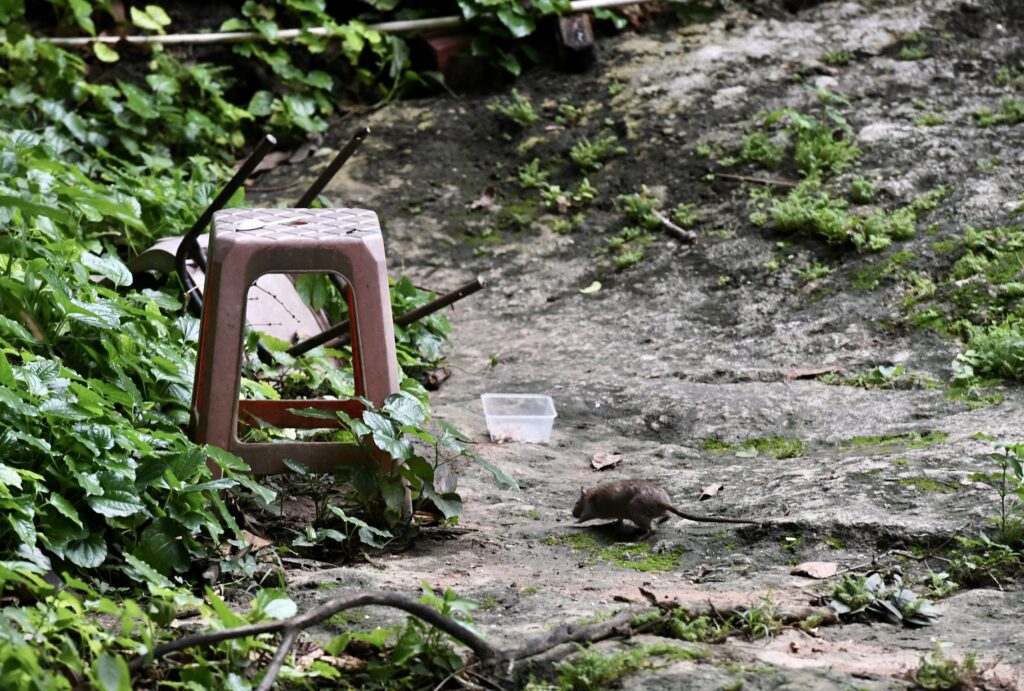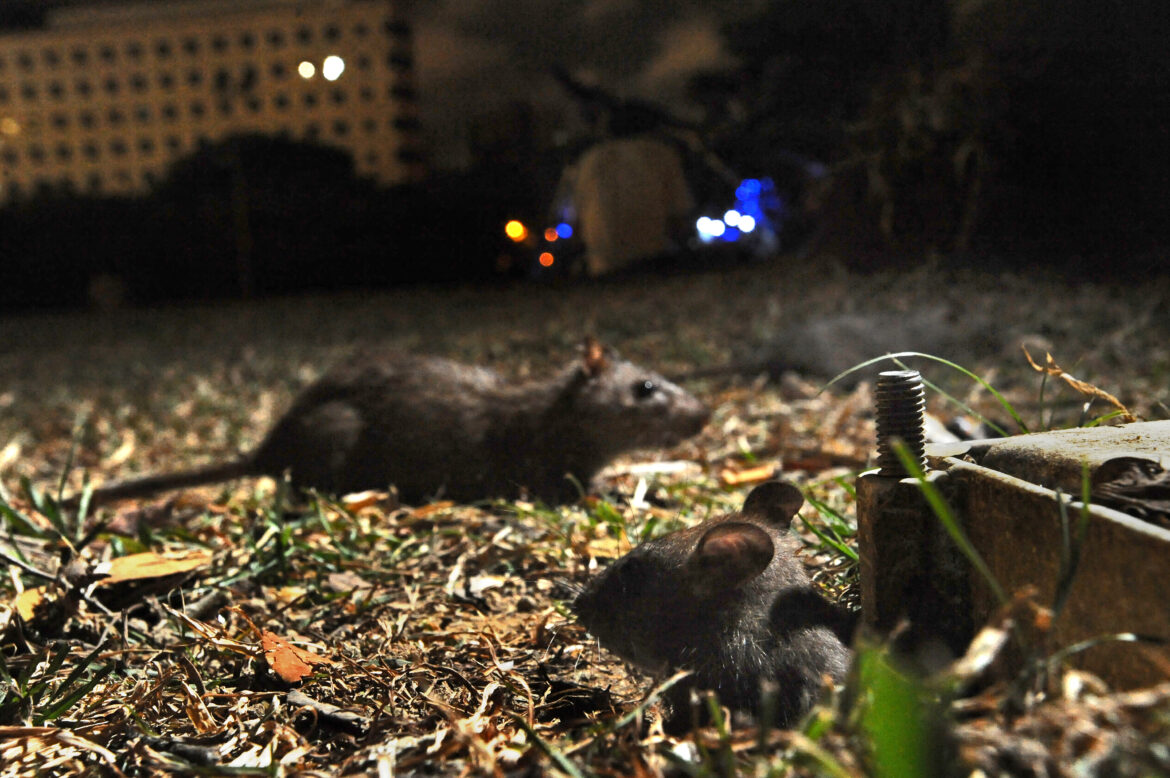Alarming as it may be when you see a little brown whiskered creature scurrying about in the neighbourhood, don’t be hasty to assume that it is a rat. In fact, it may not even be a rodent.
Shrews are often mistaken as rats despite sharing almost zero similarities with the ubiquitous pest. This article highlights the differences between the conventional rat and shrew, from its diet and behavioural patterns to its physical characteristics, so that residents can better identify rodents from insectivores and undertake the appropriate precaution to prevent rat infestations.
Should residents spot a colony congregating in a common space, take a photo and email JRTC at enquiry@jrtc.org.sg or Kaki, OneService’s very own Chatbot. It is best that residents accompany their report with location details so that the Town Council can locate the infestation with precision. This will greatly complement JRTC’s existing pest control initiatives, which include regular rat surveillance and decluttering practices.
Your guide to identifying rats and shrews
| Main differences | |
| Rat | Shrew |
| Classified as a rodent. | Classified as an insectivore. |
| Predominantly consumes seeds, roots, stems, grass and leaves. | Mainly consumes small invertebrates like snails, millipedes, earthworms and small snakes. They also eat insects like cockroaches, crickets and beetles. |
| Vector (carrier of disease). | Not explicitly deemed to be a vector, but can be a potential carrier. |
| Conspicuously recognised by its large eyes and pointed snout. Certain variants, like the sewer rat, have blunt muzzles. Rats typically have four toes on their front feet. | Prominently identified by its short and stumpy tail, as well as tiny and widely spaced eyes. Its snout is uniquely beak-like, pointed and curved. Has five toes on each of its front feet. |
| Fur colour is more varied – it can come in white, light brown or even black hues. | Typically covered in glossy black or dark brown fur. |
| Tribal behaviour – rats gather as a colony. | Naturally reclusive. |
Rats are known to bite and scratch, leaving their victims vulnerable to diseases such as leptospirosis, hantavirus and murine typhus. These afflictions can also be spread via dust that has been exposed to rat urine and droppings. They are capable of reproducing four to 12 pups per litter and can quickly overwhelm a community if their population is left unchecked.
Proactive deterrence every day keeps rats away

Of course, prevention is always better than cure. Precautionary measures undertaken at an individual level can go a long way in protecting our community from rat infestations. The National Environment Agency strongly advocates good housekeeping practices, whether at home, at the office or at the hawker centre. Rats are drawn to clutter that is located near potential food sources, for these areas serve as a convenient refuge for colonies to breed.
Still unsure if it’s a rat or a shrew? Report the sighting anyway. While they may not technically be categorised as pests, shrews are still undomesticated and unpredictable critters that should be treated as any wild animal roaming in a public space.

